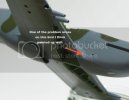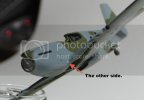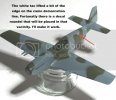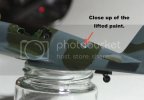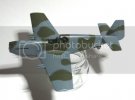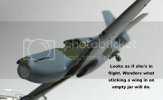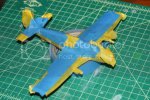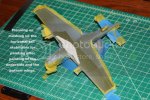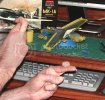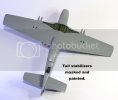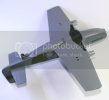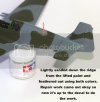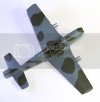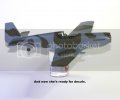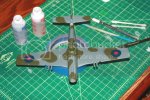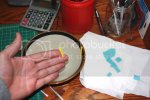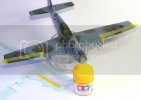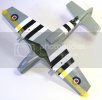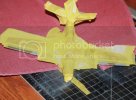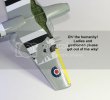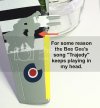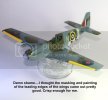Splashcoat
New Member
- Joined
- Oct 9, 2010
- Messages
- 421
Spray cans contain a mixture of pigments, carrier, solvent, and propellant. The propellant is a liquid that boils at room temperature at normal pressures. The pressure inside the spray can is high and keeps the propellant in liquid form. This propellant is what makes decanted spray paint difficult to handle and why we out-gas after decanting. The easiest and cleanest way to decant spray paints is to fit a pipette tube to the protruding tip of the spray nozzle and spray into a new container. The tapered shape of the pipette tip means you can cut a nice tight-fitting adaptor. There is a minimum of overspray as the spray collects against the slippery walls of the pipette and slides into your bottle. Do not fill the bottle past 70% full.Glorfindel said:I hear what your saying Chris. I've watched three or four video's on YouTube about decanting and am still a little gun shy about it. That'll be another first I'm willing to learn about. All for this hobby.
Place the bottle with freshly decanted paint down gently and do not touch for at least one hour. Do not put the cap on the bottle.
The propellant boils at room temperature which creates pressure to spray. It also makes handling the paint outside a pressure can difficult, messy, and even dangerous. Proper out-gassing will reduce the pitfalls of decanted paints to those of normal store-bought bottled paints. Leave the lid off the jar of freshly decanted paint and let propellant boil off for at least one hour. Don't try to stir the paint or add anything like thinner or ball bearings; the slight temperature rise caused by these activities will cause the paint to boil vigorously, overflowing the bottle onto the floor and sputtering into the air. Just touching the bottle with your fingers and cause an eruption. The heat from your fingers will cause the paint to boil. The friction of your finger along the side of the glass will create enough heat. I speak from bitter experience.
Allow at least one hour at room temperature (above 70% Fahrenheit) for the propellant to boil off. A longer out-gassing period is better. I usually wait overnight. I have forgotten about an open bottle of decanted paint for an entire weekend with no noticeable loss of sprayability.The paint bottle should not appear frosty or feel cool.
Once the bottle has reached room temperature you may cap it.
Good out-gassing goes a long way toward minimizing handling problems. Since I have learned the Zen of overnight out-gassing, I no longer have messy troubles. I have left freshly decanted Tamiya paint in open jars for over 36 hours with no discernible thickening.
Inadequately out-gassed lacquer will boil at room temperature so be careful handling it; open only in an area where it's OK to spill paint everywhere! Including all over yourself! Cover the jar with an absorbent towel and crack the lid open the tiniest amount. You should be able to see bubbles before you hear hissing. Basically, if you hear hissing you've lost and paint is going to be going places other than your model.

